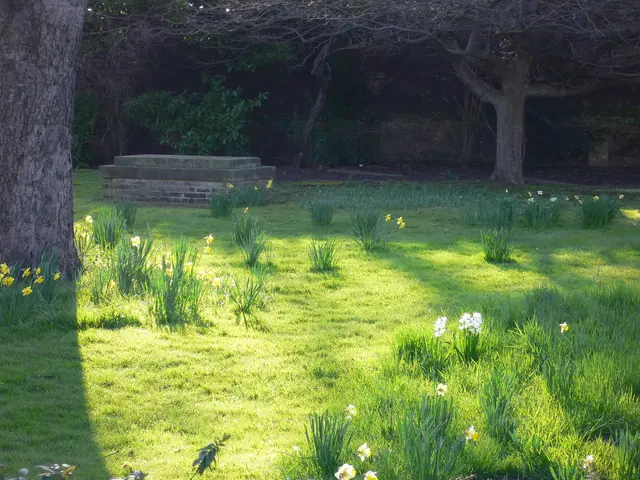Expert Bonsai Shaping Techniques: Controlling Tree Branches Accurately
In the captivating world of bonsai, achieving remarkable control over branch movement is an art form that requires patience, skill, and a deep understanding of the plant's unique growth patterns. Here's a step-by-step guide to help you master advanced bonsai wiring techniques for creating stunning, balanced bonsai designs.
## Multi-Wire Techniques
The key to achieving precision in bonsai wiring lies in the strategic use of multiple wires. By wrapping multiple wires around different parts of a branch, you can exert more control over its movement, especially in complex designs.
1. **Plan the Design**: Before applying wire, visualise the desired shape and structure of your bonsai. Decide which branches to move and how to position them for optimal balance and aesthetics.
2. **Wire Selection**: Choose flexible wires such as aluminium or copper, as they are less likely to damage the tree. For thicker branches, consider using tensioners if necessary.
3. **Branch Wrapping**: Wrap multiple wires around the branch, ensuring they are not too tight. This allows for more precise control over the movement of the branch.
4. **Gradual Movement**: Move the branch gradually over time to avoid cracking or breaking. Fast-growing species might require frequent adjustments, while slower-growing ones can remain wired for longer.
## Using Guy Wires
Guy wires can be a powerful tool in bonsai wiring, offering a means of exerting gentle yet persistent force on specific branches. This allows for precise adjustments and the creation of dramatic angles or bends.
1. **Guy Wire Setup**: Use thin, flexible wires or threads to support branches that need significant repositioning or to maintain the shape while the tree adapts.
2. **Anchor Points**: Secure one end of the guy wire to a stable part of the tree or the pot, and the other to the branch you want to move. This helps in maintaining the branch in the desired position.
3. **Adjustment**: Periodically adjust the tension on the guy wires to ensure the branch does not become too tight or too loose. This maintains the desired shape without causing damage.
4. **Removal**: Remove guy wires once the branch has adapted to its new position. Leave the wire in place for as long as necessary, but remove it before it digs into the bark.
## Additional Tips
- **Monitor and Adjust**: Regularly inspect the wires and guy wires to prevent them from marking the trunk or causing damage. Adjust or remove them as needed. - **Practice Directional Alternation**: Arrange branches in an alternating pattern to achieve a dynamic, layered look, which adds depth and visual interest to the bonsai. - **Consider Growth Patterns**: Adjust your wiring and pruning strategies based on the species' growth rate and response to pruning.
By mastering these techniques, you can create stunning, balanced bonsai designs with soft, organic curves, dramatic angles, and harmonious visual flow. Happy wiring!
To further enhance your bonsai's home-and-garden appearance, consider incorporating elements of your desired lifestyle into your bonsai's design. For example, creating a zen-inspired garden with stone accents and a bonsai centerpiece could provide a peaceful retreat within your home-and-garden setting. Additionally, spent bonsai branches can be repurposed for gardening tasks, such as staking smaller plants or creating natural trellises, making your gardening hobbies more connected to your bonsai lifestyle.








